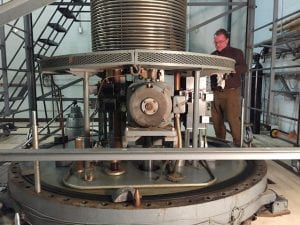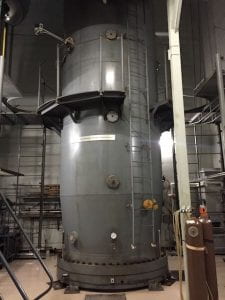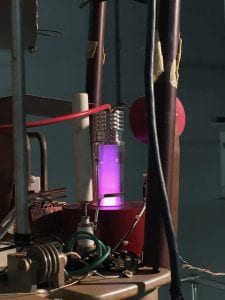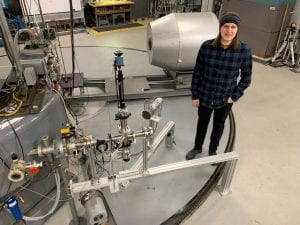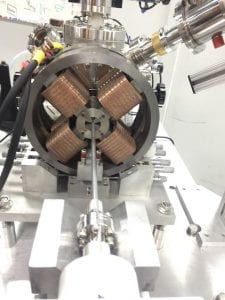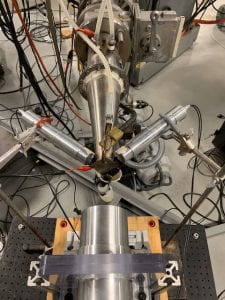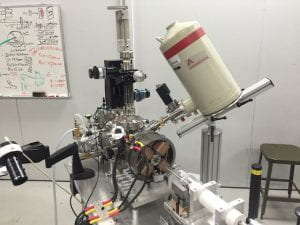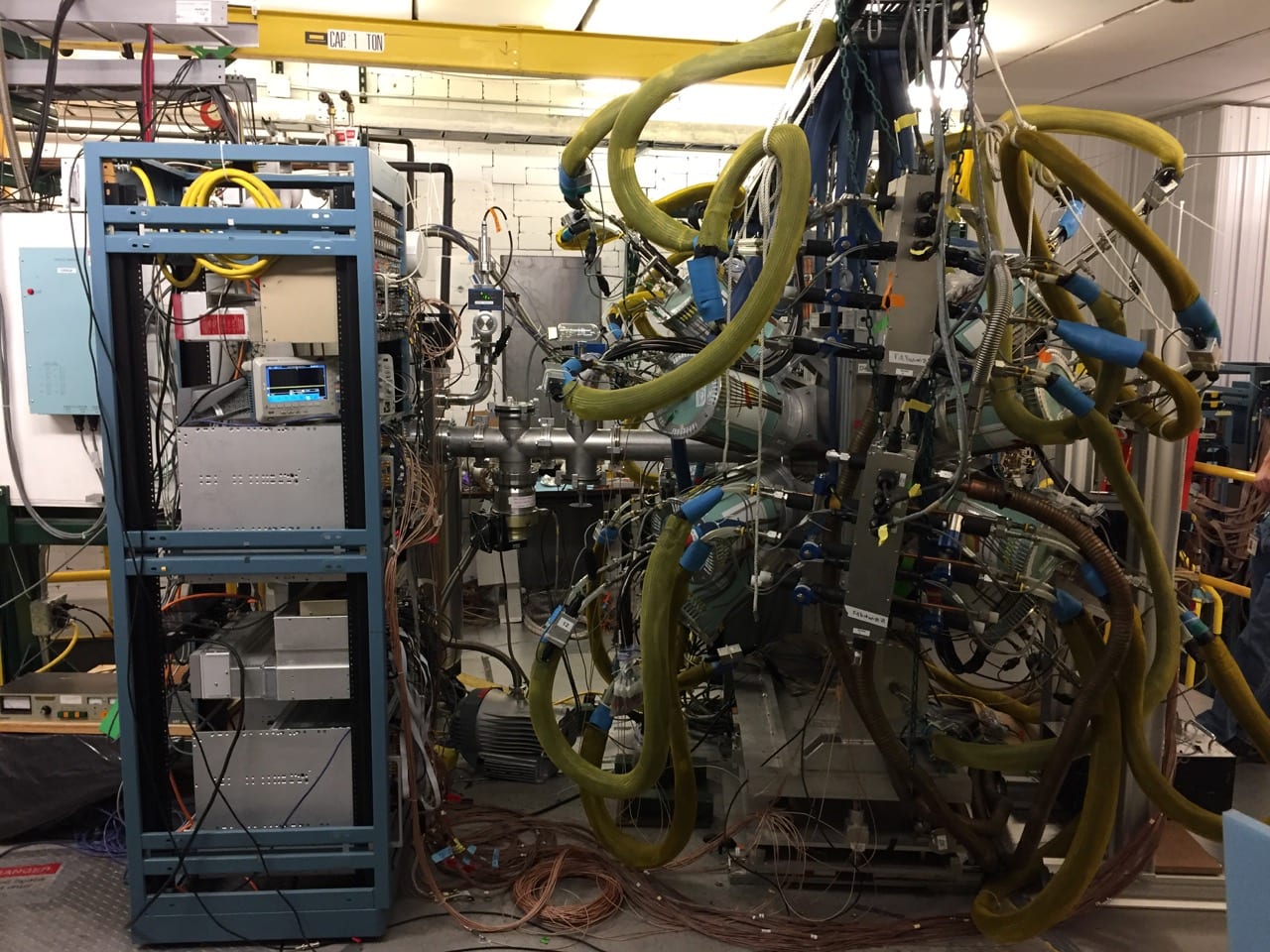
At the core of every atom is the atomic nucleus, which accounts for over 99% of the mass of the atom. Composed of positively charged protons and neutral neutrons, these particles form a quantum mechanical system bound together by the strong force. The structure and properties of nuclei – particularly exotic nuclei far from stability – drive extreme astrophysical phenomena and underly our understanding of how the chemical elements are produced in the universe.
Our group’s research is partly focused on answering questions about how exotic isotopes impact the cosmos and what they tell us about the nature of forces binding the nucleons.
Nuclear reactions occurring at the limits of nuclear stability are thought to power one of the most fascinating events in the universe – type I x-ray bursts (XRBs). These recurring thermonuclear explosions on the surface of dead neutron stars which accrete matter from its binary companion and are driven by the rapid proton-capture (rp) process. Our group studies exotic neutron-difficient nuclei along the N=Z line involved in these reactions and improve our understanding of x-ray bursts.
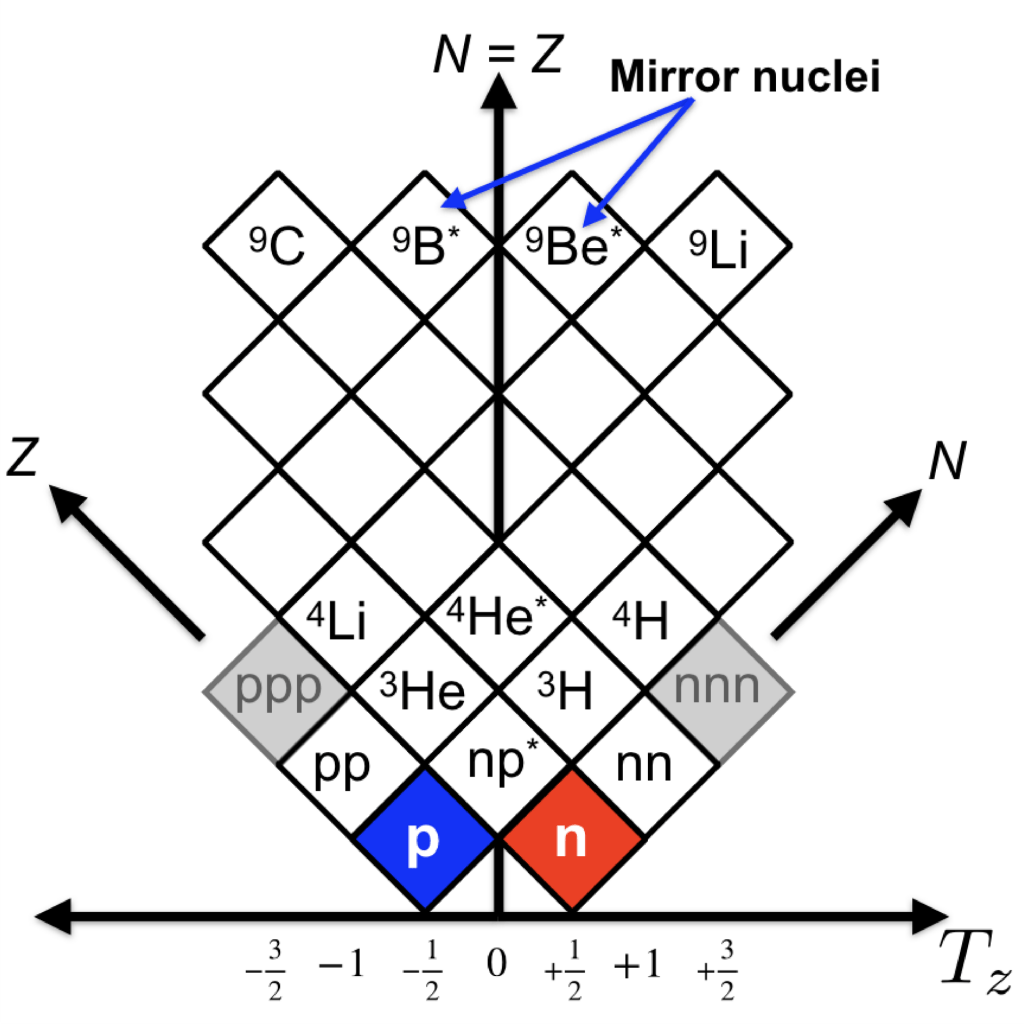
Symmetries provide a foundation for conservation laws in physics. Deviations from underlying symmetries inform our understanding of symmetry-breaking processes and often reveal hidden aspects of nature.
Studies of exotic nuclei along the N=Z symmetry line allow us to address questions in nuclear astrophysics but also enable the exploration of isospin symmetry. Our recent discovery of a violation of this symmetry between the ground states of 73Sr and 73Br challenges our understanding of mirror symmetry.
Particle accelerators are powerful tools that support numerous analytical techniques, the development of detectors and advanced instrumentation, and even to simulate the radiation environment in outer space. As the Associate Director for the UML Van de Graaff Accelerator Faculty, I oversee the operations and user program. Using beams of p, d, and 4He beams as well as sources of fast neutrons, our group carries out a variety of development and scientific projects.
